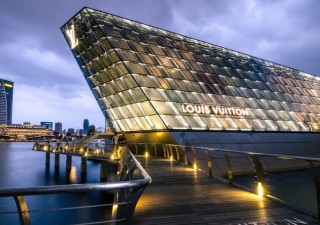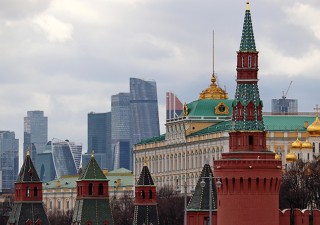Compensation: A useful alternative to damages
28 June 2024

Russian law always provided that infringement of rights for patents and trademarks entailed punishment in the form of damages. In order to prove damages, the plaintiff must prove the fact of suffering damages, an unlawful behaviour of the infringer that caused damages and the amount of damages. A person may be brought to trial only if the whole set of the above circumstances is proved by the plaintiff, and the absence of any one aspect will make claiming damages impossible. With all that, there should be a direct cause-and-effect relationship between the infringement of rights and damages. Damages suffered by the plaintiff should be the necessary consequence of the actions by the infringer.
As follows from the above, it may not be easy in some cases to prove damages in connection with the behaviour of the infringer. Judicial practice confirms this. The courts are very exacting in demanding proof of damages from plaintiffs. Thus it was thought expedient to provide an alternative to damages. The first move in that direction was made in December 2002 when the Law on Trademarks was amended and compensation was added to Article 46(4) of the law. Compensation was available if the fact of infringement was proved in court.
Compensation as a liability measure quickly became popular among trademark owners because it was not necessary to prove how and what was lost but simply claim money from the infringer ranging from ₽1,000 to ₽50,000 (US$11 to US$550) according to the law at that time.
That institution underwent many changes until it was included in the Civil Code in 2008. The bounds of compensation were defined from ₽10,000 to ₽5 million (US$110 to US$55,650) (Article 1515 CC). At the same time, the Civil Code provided an alternative amount of compensation. The trademark owner could claim compensation in the amount of double the cost of counterfeit goods labelled with the trademark or double the cost of the license royalty charged in comparable circumstances.
The issue of compensation was discussed at different levels including by the Constitutional Court (Decree No 40-П of July 24, 2020). It taught that the protection of rights should respect the balance of rights and lawful interests of IP owners and respect requirements of justice, equality and adequacy.
Another decree of the Constitutional Court (No 8-П of February 13, 2008) stated that liability measures should be applied proceeding from the consequences engendered by the infringement.
Compensation may be awarded regardless of absence or presence of damages. Since the IP owner does not have to prove damages, this means that compensation may be claimed in an amount more than damages. It should restore the financial status of the IP owner but not enrich him. It also should mean a penalty for the infringer and stimulate lawful use of IP.
Considering so many incoming circumstances, the court must determine the amount of compensation with respect to the specific circumstances of the infringement.
Compensation for infringement of patent rights came much later than that for trademarks: relevant provisions were included in the Civil Code only in December 2014.
Aside from the span from ₽10,000 to ₽5 million, the law also allows the IP owner to claim double the cost of the license which would be charged in comparable circumstances and, specifically for trademark infringement, double cost of the goods unlawfully labelled with a trademark.
This alternative compensation option is readily used. Zinger Ltd. sued an individual entrepreneur and demanded compensation of ₽62,500 for infringement of trademark No. 266060 (Case No. А12-27940/2022). If the plaintiff claims compensation of double the cost of a license or double the cost of counterfeit goods he should submit calculation of the compensation. Thus the amount of compensation was calculated by Zinger on the basis of double the cost of the license they had issued. The claim was satisfied in full. It should be noted that the court takes into account the circumstances of the licensed use of the trademark or patent.
The plaintiff may also calculate the amount of compensation proceeding from hypothetical income of the infringer or disgorgement of profits.
Claiming compensation may be quite propitious for the IP owner. Thus in Case No. А40-149758/22-1101118, Avgust, a JSC company and the plaintiff, claimed ₽105 million (US$1.19 million) from several infringers (affiliated companies) of a patent. The plaintiff has Patent No. 2488999 for a herbicidal compound. Several infringers acting in collusion organized production of the product in a neighbouring country and were selling it in Russia for a long time.
The court confirmed infringement in 21 cases. The plaintiff was not obliged to prove actual damages but calculated damages as lost profit confirmed by expert examination. He claimed ₽5 million for each case of infringement, in all ₽105 million. The court agreed with the plaintiff.
The respondent appealed the judgment in several court instances. Finally, the court diminished the amount of compensation from ₽105 to ₽92 million because it carefully examined the span of time (four years) and the amount of each imported lot of the product
Anyway, that was not a small amount of compensation and it showed that IP owners may well use this option in their business and further protection of their of their IP rights.








